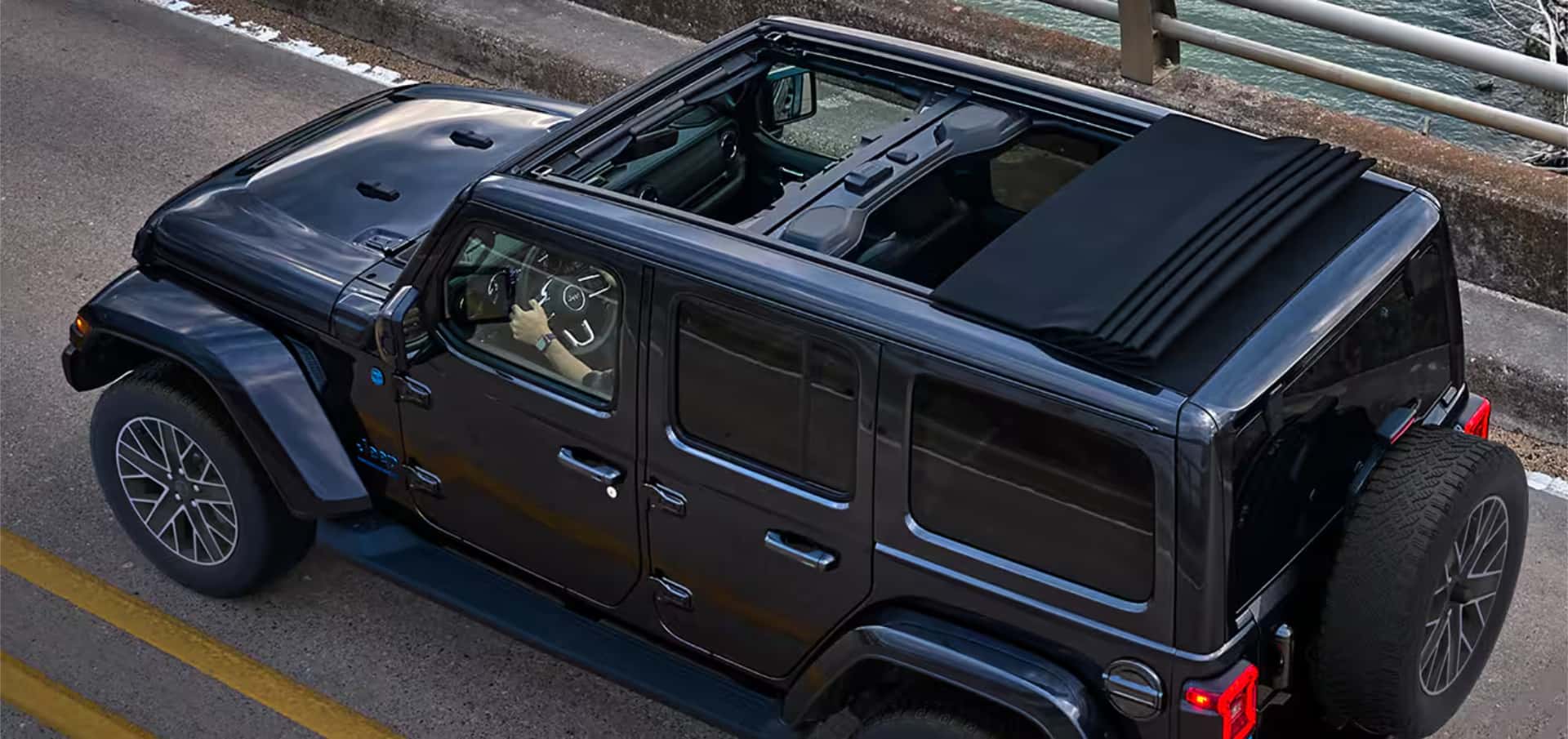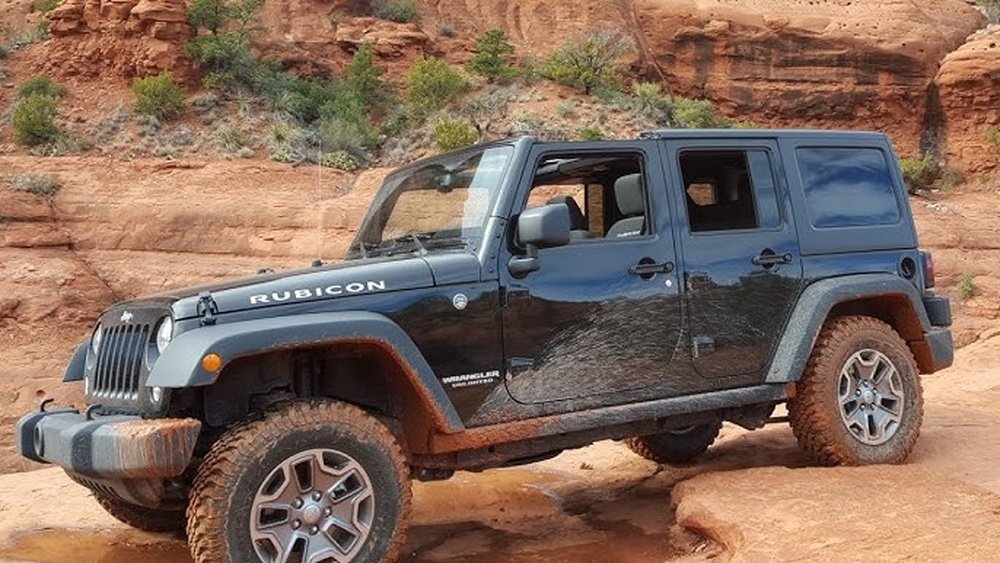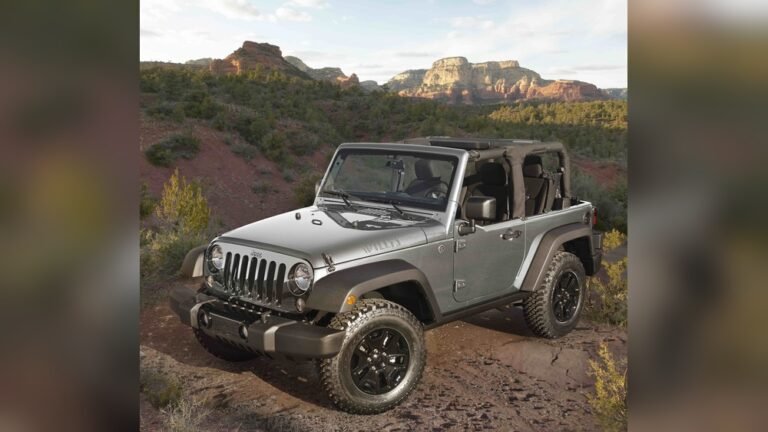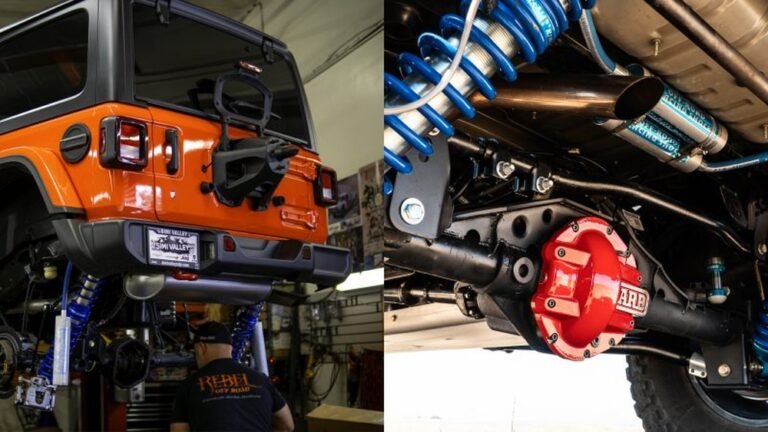How Much Does a Jeep JK Hardtop Weigh: Essential Facts Revealed
If you own a Jeep JK or are thinking about getting one, understanding how much the hardtop weighs is essential. Whether you’re planning to remove it for the summer or considering adding accessories, knowing the weight helps you prepare and stay safe.
You might wonder, “Is this something I can handle alone, or will I need help? ” or “How will the weight affect my Jeep’s performance? ” you’ll discover the exact weight of the Jeep JK hardtop, the factors that influence it, and smart tips for handling and removal.
Keep reading to make your Jeep experience smoother and safer!

Credit: www.youtube.com
Jeep Jk Hardtop Weight
The Jeep JK hardtop is a popular choice for Jeep enthusiasts who want a sturdy, removable roof. Knowing its weight helps with handling and installation. The hardtop’s weight affects how easy it is to remove and store. It also impacts the Jeep’s overall weight and fuel efficiency. Understanding the weight range can assist in planning for lifts or storage solutions.
Standard Weight Range
The Jeep JK hardtop generally weighs between 90 and 120 pounds. This range covers most factory hardtops without extra accessories. The main rear section is the heaviest part. The two front “freedom panels” are lighter and removable separately. Most owners find the rear section requires two people to lift safely. Knowing this weight range helps avoid injury and damage during removal.
Weight Differences By Model
Hardtop weight varies by Jeep JK model and year. Four-door Unlimited models have heavier hardtops than two-door models. Newer hardtops may use lighter materials, reducing weight slightly. Painted hardtops weigh a bit more than unpainted ones. Adding roof racks or accessories increases total weight. Always check your specific model’s hardtop details before lifting or modifying.

Credit: www.joeyaccardicdjr.com
Weight Factors
The weight of a Jeep JK hardtop varies due to several important factors. Understanding these weight factors helps in handling and installing the hardtop safely. Each element influences the total weight differently. Knowing these details makes it easier to plan for removal or storage.
Model And Generation Impact
The Jeep JK hardtop weight changes between models and generations. Older generations often have heavier hardtops due to thicker materials. Newer models use lighter materials to reduce weight. This change improves fuel efficiency and ease of handling. Always check your specific model for accurate weight information.
Two-door Vs Four-door Differences
Two-door JK hardtops weigh less than four-door versions. The four-door, also called Unlimited, has a larger roof surface. This extra size adds more weight to the hardtop. Handling a four-door hardtop requires more strength or assistance. Knowing the difference helps prepare for lifting or removing the top.
Painted Vs Unpainted Hardtops
Most Jeep JK hardtops come factory painted. Painted hardtops weigh slightly more than unpainted ones. Paint adds a thin but noticeable layer of weight. Unpainted hardtops are rare but lighter. The weight difference is small but worth noting for those focused on total vehicle weight.
Freedom Panels Weight Breakdown
Freedom panels are the removable front sections of the hardtop. Each panel weighs less than the full hardtop. Removing these panels reduces the weight you lift at one time. The larger rear section of the hardtop carries most of the total weight. This design helps with easier partial removal and transport.
Components Adding To Weight
The Jeep JK hardtop’s weight is not just about the main shell. Various components add to the total weight. Knowing these parts helps in handling and installation. It also affects your vehicle’s performance and fuel efficiency.
Some parts are small but heavy. Others might seem light but add up quickly. Understanding these helps you prepare better for removal or upgrades.
Mounting Hardware
Mounting hardware includes bolts, clamps, and seals. These keep the hardtop secure on the Jeep. Though small, they add several pounds to the weight.
Heavy-duty bolts ensure the top does not shift during off-road driving. Rubber seals help prevent water leaks but increase weight slightly. All these parts combine to add a notable amount to the total load.
Roof Racks And Accessories
Many Jeep owners add roof racks to carry gear. These racks can be made from steel or aluminum. Steel racks weigh more but offer greater strength.
Accessories like lights, cargo boxes, and mounts also add weight. Each item increases the total weight significantly. They change the center of gravity and affect handling.
Removing or choosing lighter racks and accessories can reduce the hardtop’s overall weight. This makes lifting and driving easier and safer.
Handling The Hardtop
Handling the Jeep JK hardtop requires care and the right tools. The hardtop is heavy and bulky. Proper handling prevents damage and injury. Knowing how to manage the hardtop makes the process smooth and safe.
Using help and equipment designed for the hardtop eases the task. These methods save time and effort. They also protect your Jeep and hardtop from scratches or dents.
Importance Of Assistance
The Jeep JK hardtop can weigh over 100 pounds. Lifting it alone is risky. Getting help from another person improves safety. Two people can balance the weight better. Assistance reduces the chance of dropping or damaging the hardtop. It also protects your back from strain.
Using A Hoist System
A hoist system makes hardtop removal easier. It holds the hardtop securely in the air. One person can lift and lower the hardtop safely. The hoist reduces physical effort. It also allows precise placement on the Jeep or storage.
Benefits Of A Wheeled Stand
A wheeled stand provides a stable place to store the hardtop. It prevents scratches and warping. Moving the hardtop is easier with wheels. The stand also helps keep the hardtop clean and safe. This tool is useful for frequent removals and installations.
Removal Tips
Removing a Jeep JK hardtop requires care and the right approach. The hardtop is heavy and awkward, making removal tricky. Proper techniques can prevent damage to the vehicle and injury to yourself. Use these tips to make the process safer and easier.
Partner Vs Solo Removal
Having a partner makes hardtop removal safer and faster. Two people can lift and balance the hardtop more easily. This reduces the risk of dropping or scratching it. If you remove the hardtop alone, use a hoist or lift system. These tools hold the hardtop securely while you detach it. Avoid lifting heavy parts by yourself without support. Partner removal is best for most Jeep JK owners.
Safe Lifting Techniques
Always lift with your legs, not your back. Keep your back straight and bend your knees before lifting. Hold the hardtop close to your body for better control. Avoid twisting your torso while carrying the hardtop. Move slowly and steadily to keep balance. Use gloves to improve grip and protect your hands. Setting the hardtop down gently prevents damage. Planning your path before lifting helps avoid obstacles.
Hardtop Variations
Jeep JK hardtops come in different styles and weights. These variations affect how easy it is to remove and handle the hardtop. Understanding these differences helps Jeep owners choose the right option. Weight changes based on model, size, and design features. Each variation offers unique benefits for your Jeep experience.
Jk Vs Jl Hardtop Weights
JK hardtops are generally heavier than JL models. The JL uses lighter materials to reduce weight. A JK two-door hardtop weighs about 100 pounds. The four-door JK hardtop can weigh up to 140 pounds. JL hardtops tend to be 10-20% lighter than JK versions. This weight difference makes JL tops easier to remove.
Differences In Freedom Panels
Freedom panels are the front removable parts of the hardtop. Both JK and JL models have these panels. JK freedom panels are heavier and bulkier. JL freedom panels are lighter and easier to lift. Removing freedom panels helps reduce the total weight lifted at one time. This feature adds convenience for Jeep owners.
Credit: www.jlwranglerforums.com
Frequently Asked Questions
How Much Does The Roof Of A Jeep Wrangler Weigh?
The Jeep Wrangler hardtop weighs between 60 to 110 pounds, depending on model and configuration. Four-door tops weigh more than two-door versions. Removable Freedom Panels reduce individual panel weight. Using a hoist or assistance is recommended for safe handling and removal.
Can One Person Remove A Jeep Hardtop?
One person can remove a Jeep hardtop using a hoist or removal lift. Otherwise, two people are recommended for safety.
How Much Does A Stock Jeep Jk Weigh?
A stock Jeep JK weighs between 3,800 and 4,400 pounds, depending on the model and configuration.
How Much Does A 2-door Hardtop Weigh?
A 2-door hardtop typically weighs between 80 to 120 pounds, depending on the model and materials used.
Conclusion
Knowing the weight of a Jeep JK hardtop helps with safe handling. Most hardtops weigh between 100 to 150 pounds. Removing it alone can be tough and risky. Always ask for help or use a hoist to lift it safely.
Remember to store the hardtop carefully on a stand to avoid damage. Understanding these details makes your Jeep experience better and safer. Keep these tips in mind for easy removal and installation. Enjoy your Jeep adventures with confidence and care.






